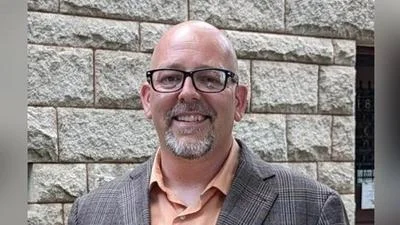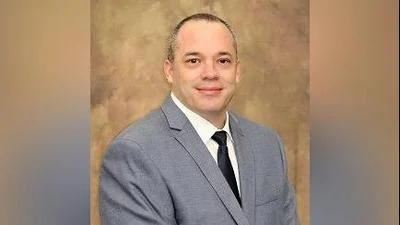Illinois higher education losing students to neighboring states | Courtesy of Shutterstock
Illinois higher education losing students to neighboring states | Courtesy of Shutterstock
According to a recent National Center for Education Statistics report, university students have joined the exodus leaving Illinois.
The state is losing residents at a record rate, including approximately 10,000 students per year. The center revealed that Illinois lost approximately 150,000 higher education students between 2000 and 2014.
Cost of tuition is a factor for many students; nearby states offer reciprocity agreements that allow Illinois students to attend certain midwestern universities at the in-state tuition rate. The in-state tuition rate at University of Indiana and University of Wisconsin is $6,000 less than tuition in Illinois. University of Iowa offers an even lower rate: $8,000 less.
The proximity of University of Wisconsin-Platteville, only 30 minutes from the Illinois border and two hours from the quad cities, makes it easy for students to transition from Illinois to Wisconsin. Illinois students have been recruited by UW-Platteville for more than 10 years. The recruitment program includes a $1,000 grant for incoming Illinois students.
Ongoing budget issues in Springfield have also contributed to the outflow of students. Illinois colleges and universities face uncertainty each year as legislators wrangle over the budget. Further, public universities have redirected state funding, funneling it to administrators and pensions rather than programs and instructors.
Spending on higher education retirement costs has more than doubled over the last 10 years, rising from 20 percent to 50 percent of public universities' budget.
In addition, the state's failure to fund Monetary Award Program (MAP) grants in 2015, when the budget impasse ensued, is also a factor for low-income Illinois families.
Urbana's University Laboratory High School Director of College Counseling Lisa Micele discussed the issue with Illinois Public Media’s Brian Moline last April, while the legislature was still struggling with the fiscal year 2017 budget.
"So, I think that the worry is the neediest students in our state because the MAP grant that the Illinois Student Assistance Commission has been writing about is so up in the air," Micele said. "The fear is wanting to keep the best and the brightest in our state may not be the best cost-effective choice for the family."
While the "stopgap" budget passed in late June funded K-12 education through fiscal year 2017, it only partially funded higher education through 2016 and the start of 2017.
The $1 billion allocated for higher education included approximately $655 million to state universities and $114 million to community colleges. It funded the $150 million in MAP grant funds from 2016. It also provided $20 million in emergency funds for distribution by the Illinois Board of Higher Education (IBHE) and Illinois Community College Board (ICCB).
Before the stopgap budget provided funding for outstanding MAP obligations, students who relied on the MAP grants found themselves on shaky financial grounds. Most colleges and universities covered the cost of the grants for the 2015-2016 academic year; however, the Illinois Institute of Technology in Chicago asked students to repay their grants for the 2015 fall semester.
As the stopgap budget approached its expiration on Dec. 31, a survey by the Illinois Student Assistance Commission showed inconsistencies in the way universities were handling MAP grants. While some schools credited students, others expected students to repay their MAP grants.
Approximately 20 percent of the schools were taking the MAP students' federal financial aid in repayment for the grants.
In addition, although the stopgap budget and supplemental funding provided approximately 82-90 percent of funding for universities, those funds had to be stretched to cover 18 months of operation -- as higher education did not receive state funding for the 2015-2016 year.
The ongoing issues with funding higher education will continue to push students to out-of-state schools. Among the primary reasons cited by residents leaving the state are the budget woes, high taxes and poor educational and employment opportunities.
Though some students who leave for educational reasons return, many will put down roots in their new locations and never return to Illinois.






 Alerts Sign-up
Alerts Sign-up